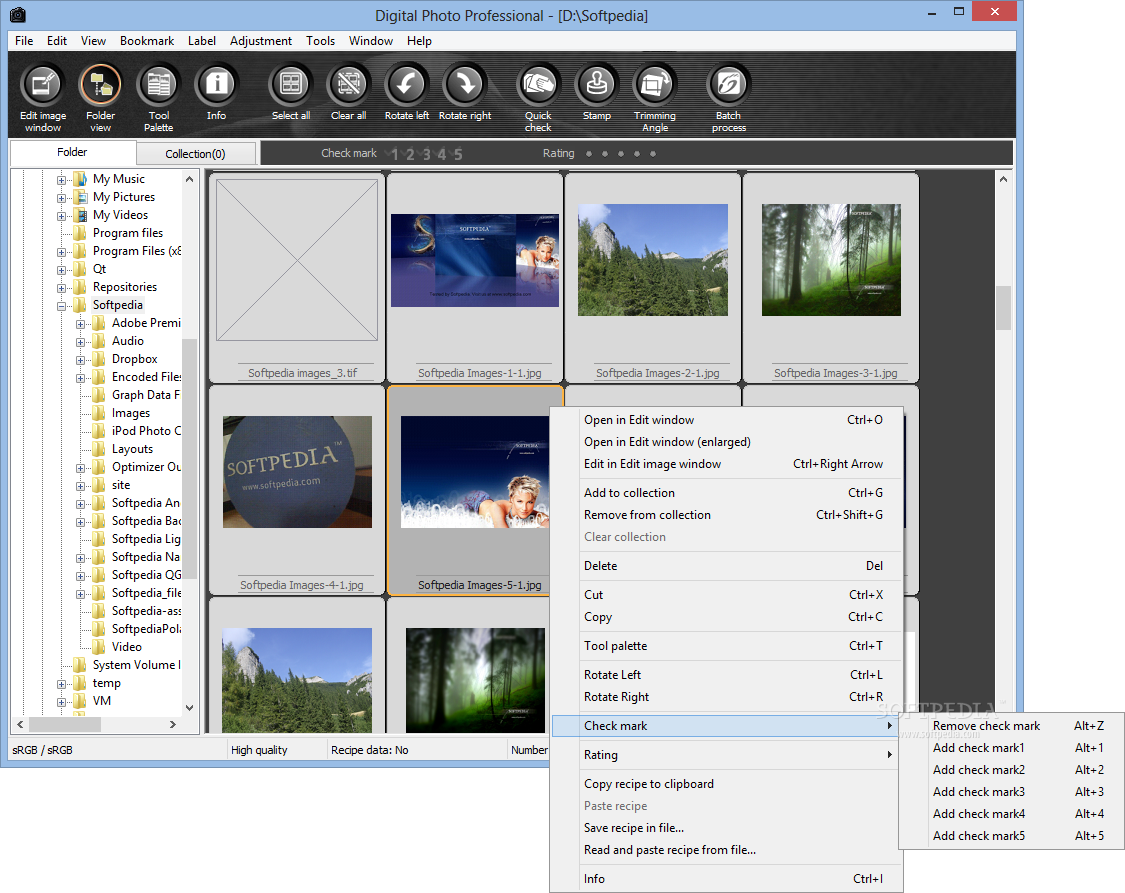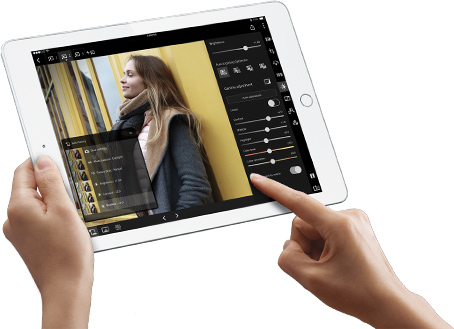

- CANON DIGITAL PROFESSIONAL SOFTWARE PRO
- CANON DIGITAL PROFESSIONAL SOFTWARE SOFTWARE
- CANON DIGITAL PROFESSIONAL SOFTWARE ISO
- CANON DIGITAL PROFESSIONAL SOFTWARE SERIES
CANON DIGITAL PROFESSIONAL SOFTWARE PRO
LRC effectively operates in the Pro Photo Colour Space and DPP uses Wide Gamut RGB. Even with all of the above checked and set things are not wholly equal as LRC and DPP effectively operate in different colour spaces.
CANON DIGITAL PROFESSIONAL SOFTWARE SERIES
This is not something I have done to date, but I am considering taking the time to create a series of pre-sets for this specific to the 1DX MK3.Ĭolour Space and a Level Playing Field: By now you should be getting the distinct impression that it is quite difficult to level the playing field when making direct comparisons between LRC and DPP.
CANON DIGITAL PROFESSIONAL SOFTWARE ISO
Of course, in LRC you can set up an ISO specific noise reduction pre-set for your specific camera if you wish to take the time to do so. DPP is applying ISO specific noise reduction by default, where as LRC is applying no luminance noise reduction and only a small amount (25) of colour noise reduction. I have seen many forum comments that LRC RAW conversions are far noisier than DPP and the above explains why. In order to make the playing field as level as possible when comparing RAW file renderings it is necessary to manually set all these values to zero.

By comparison DPP sets no default sharpening, but does automatically apply a varying level of noise reduction that is ISO dependant. LRC applies no Luminance noise reduction by default, but does apply 25 points of colour noise reduction. In LRC Adobe set a default sharpening value of 40 with a Radius of 1 and a Detail of 25. I rarely need to do more than tweak the white balance and gently season to taste.ĭefault Values: The next caveat to note is that both LRC and DPP have certain default values that they apply to the RAW file. Just as an aside, I find the Auto white balance setting in the 1DX MK3 to be about as good as I have ever seen in a camera. I like to shoot in Auto white balance and then tweak it later in post production, so for this test I left the setting to ‘as-shot’ in both LRC and DPP. White Balance: White balance is also a big factor in the colour rendering in both LRC and DPP. My choice of Neutral provides the most accurate histogram on the back of the camera hence it is my preference. For all these tests I used the Neutral Picture style since this is the same picture style I apply to my RAW files in the 1DX MK3 camera. Picture Styles have a very similar effect on colour as Adobes camera profiles and shifting between Picture Styles significantly alters the colour rendering on screen (hue, luminance and saturation are all affected).
CANON DIGITAL PROFESSIONAL SOFTWARE SOFTWARE
In Canon’s Digital Photo Professional software camera profiles are not used and instead DPP applies what Canon call ‘Picture Styles’. What is necessary though in a comparison between LRC and DPP is transparency on what profile was used in LRC and for all these tests I used ‘Adobe Color’ (which is the default) profile. Honestly, I almost never bother to create my own profile as I am constantly photographing outdoors in different lighting conditions and it just isn’t necessary or meaningful. If you have an X-Rite colour checker passport and the time and patience then you can create camera profiles for your specific camera in different lighting situations, import them into Lightroom and have something custom to your camera and lighting conditions. The profiles Adobe provides are created by its engineers using sample cameras supplied to them by the camera manufacturers. Adobe provides quite a few different profiles to choose from and you can of course make your own. You can test this easily yourself in the Develop module by selecting different profiles and watching the colour rendering change as you shift between profiles. The profile you select has a significant impact on the colour rendering you will see. Before we go any further though, it is important to understand that RAW files in Adobe Lightroom Classic have a camera profile attached to them that determines how the colours are rendered and thus how they look on screen. Results will vary from camera model to camera model so I suggest you test this yourself if you are shooting something other than a 1DX MK3. As you will read below, the results were quite enlightening.Ĭamera Profiles and Picture Styles: All of my testing was done with Canon EOS 1DX MK3 files (since that is my primary camera that I shoot the majority of my photographs with). Not being one to take these things at face value I decided to test this for myself (FOMO) and put the latest version of Adobe Lightroom Classic (LRC) version 10.3 head-to-head against Canons latest DPP software (DPP), version 4.15.

Recent weeks and months have seen more than a smattering of forum comments across the web that Canon’s Digital Photo Professional software does a better job than Adobe Lightroom when converting RAW files.


 0 kommentar(er)
0 kommentar(er)
